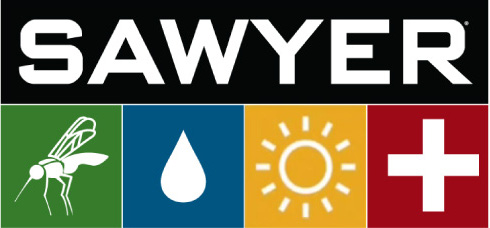Understanding Zika
What is Zika
Zika is a virus spreading quickly throughout Latin America that is carried by mosquitoes and causes mild illness. There has been an unconfirmed link between Zika-infected pregnant women and a condition called microcephaly, in which babies are born with underdeveloped brains, as well as an autoimmune disease of the nervous system called Guillain-Barré syndrome (GBS).1
How it Spreads

Person → mosquito → person

Mother → unborn child

Man → sexual partner

Person → blood bank → person
How to Prevent it
-

Avoid travel to areas with confirmed Zika cases, especially if you are pregnant.
-

Remove still water in flowerpots, buckets, animal water bowls, and kid pools to prevent potential mosquito breeding grounds.
-

Use insect repellents containing DEET or picaridin, or cover up with long-sleeved shirts and trousers. Apply sunscreen BEFORE applying insect repellent.
-

Keep doors and windows covered with screens or closed. Sleep with mosquito netting if exposed to the outdoors.
When to Tell Your Doctor
If you have been exposed to a Zika-infected area, watch for these signs of Zika Disease.
Incubation period is likely a few days to one week. Symptoms are usually mild and last several days to a week.
Only about 1 in 5 infected people develop symptoms

Zika Timeline
-
1947
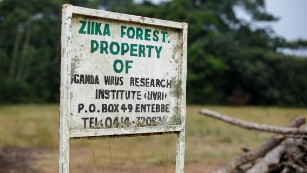
-
1952
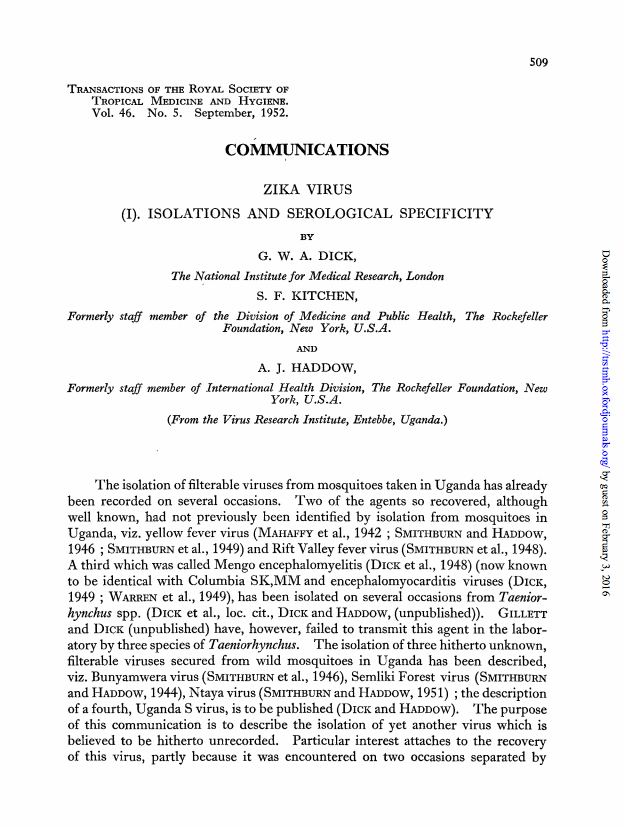
-
1951-1981
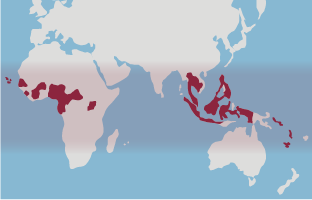
The virus spread throughout a narrow equatorial belt from Africa to Asia, but reported cases were rare.4
-
2007
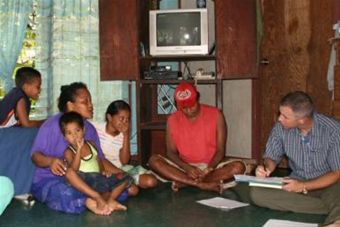
-
2014

The virus spread across pacific ocean to French Polynesia (where its link with Guillain-Barré Syndrome first arose) and other neighboring islands in the largest outbreak to date. It is believed that the 2014 Soccer World Cup, drawing a multitude of international fans, was responsible for the spread of Zika to Brazil.19, 23, 24
-
2015
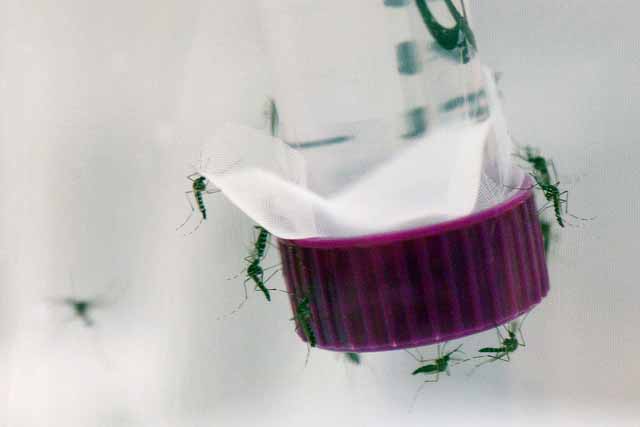
-
15 Jan 2016
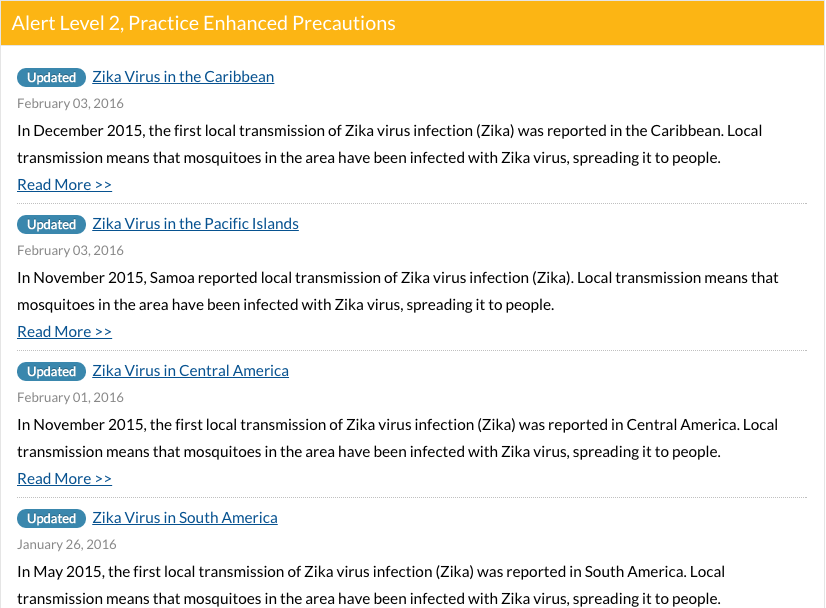
-
23 Jan 2016

-
1 Feb 2016
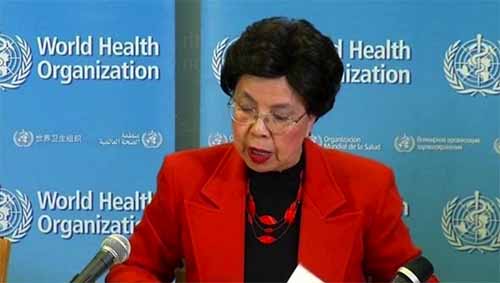
-
2 Feb 2016
-
8 Feb 2016

The White House announced that it is asking Congress for more than $1.8 billion in emergency funding to enhance ongoing efforts to prepare for and respond to the Zika virus, both domestically and internationally.42
There are an estimated 1.6 Million cases of Zika virus in 33 Countries30
Americas
- Aruba
- Barbados
- Bonaire
- Bolivia
- Brazil**
- Colombia**
- Costa Rica
- Curacao
- Dominican Republic
- Ecuador
- El Salvador**
- French Guiana
- Guadeloupe
- Guatemala
- Guyana
- Haiti
- Honduras
- Jamaica
- Martinique
- Mexico
- Nicaragua
- Panama
- Paraguay
- Puerto Ricofwe don
- Saint Martin
- Saint Vincent & the Grenadines
- Sint Martin
- Suriname**
- Trinidad and Tobago
- U.S Virgin Islands
- Venezuela**
Oceania/Pacific Is.
- American Samoa
- Marshall Islands
- New Caledonia
- Samoa
- Tonga
Africa
- Cape Verde
*35 travel-associated Zika disease cases in the U.S. have been reported
**Also report having significant increase in cases of microcephaly and/or GBS
Last Updated 8.Feb.20163
Transmission
The Zika virus is not yet fully understood. However, there are 4 known ways to transmit the Zika virus.

Person → mosquito → person
Zika is most commonly transmitted from person to person by the Aedes mosquito, which live in urban areas and are active during the day (usually mornings and late afternoons).1, 3

Mother → unborn child
Zika virus can spread from an infected mother to the placenta and their unborn baby. The virus will not infect infants conceived after the virus has cleared from the blood.2 There is no evidence suggesting a risk for future birth defects.1

Man → sexual partner
Transmission of Zika during sex is possible but rare. If an infected male partner has the virus in their blood stream, their semen can be contagious. It is unknown how long Zika can live in semen. Infected individuals should abstain from sex or use a condom for 6 months after the infection.10

Person → blood bank → person
There may also be a chance of transmission through blood transfusions, but no conclusive evidence has been found.10
Prevention
Currently no vaccinations exist to prevent Zika. The best way to prevent infection is to avoid mosquito bites.

Avoid travel to areas with confirmed Zika cases, especially if you are pregnant. See above for Zika-infected areas.2, 14

Choose lodging that is air-conditioned, has screens on the doors and windows, or purchase a mosquito bed net.2, 14

If you have traveled to a Zika-infected area, wear a condom during sex or abstain from sex for 6 months.10

Choose a WHOPES-approved bed net with 156 holes per square inch that is long enough to tuck under the mattress. Permethrin-treated nets help kill mosquitoes; do not wash them or expose them to sunlight.2, 14
Choosing the right bug spray
Use an insect repellent with one of these active ingredients:
DEET
Picaridin, KBR 3023, Bayrepel, or icaridin
Oil of lemon eucalyptus (OLE) or para-menthane-diol (PMD)
IR3535
The EPA has not yet evaluated common natural insect repellents for effectiveness. The CDC recommends using repellents containing proven safe and effective ingredients. Examples used in unregistered insect repellents are: citronella oil, cedar oil, geranium oil, peppermint oil, soybean oil, and pure oil of lemon eucalyptus.14 Visit www.cdc.gov/features/StopMosquitoes for more information.
Symptoms of Zika Disease1

About 1 in 5 people infected with Zika virus actually become ill.3

Incubation period is unknown but is likely a few days to one week. Symptoms are usually mild and last several days to a week.3
Hospitalization is uncommon. Zika is not known to be deadly, but those with preexisting health problems can have fatal complications.3 There have also been cases of Guillain-Barré Syndrome following suspected Zika infection, but the relationship is not known.4

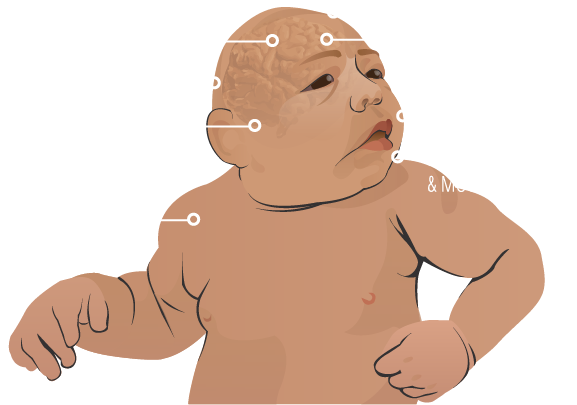
Symptoms of Microcephaly
There is an unconfirmed link between birth complications such as microcephaly and Zika infection during pregnancy.3
There have been over 4,700 reported cases of microcephaly in newborns in Brazil since October 2015.15
Brazil saw 20 times more cases of microcephaly in 2015 than past years.28
Suspected Cases of Microcephaly in Brazil 2010-2015
Symptoms of Zika Disease1
Guillain-Barré Syndrome (GBS) is an uncommon illness of the nervous system in which the person’s own immune system damages nerve cells. It usually occurs after an infection.36
There is strong evidence of a possible causal link between Zika virus infection GBS. During 2013-14 outbreak in French Polynesia, 42 out of 8,750 suspected Zika cases presented GBS (a 20-fold increase from previous 4 years). 41 of the 42 GBS cases also showed antibodies against Zika virus.37, 38
A number of Latin American countries with current Zika outbreaks have started reporting higher prevalence of GBS cases.37 Between April and July of 2015, Salvador, Brazil saw a seven-fold increase in rates of GBS, and Columbia has already seen 3 GBS-related deaths.40 More information is needed to determine if this is due to higher surveillance.37
Symptoms last a few weeks to several months. Most people fully recover from GBS, but some have permanent damage, and 1 out of 20 cases have led to death.36, 39
Treatment for Adults

If you have Zika symptoms within 2 weeks of traveling to a Zika-infected area:2
- Contact your doctor
- Take medicine (acetaminophen or paracetamol) to relieve fever and pain.
- To reduce the risk of bleeding, do NOT take aspirin, aspirin products, or other non-steroidal anti-inflammatory drugs such as ibuprofen until Dengue can be ruled out.
- Get rest and drink plenty of fluids.
- Prevent additional mosquito bites to avoid spreading the disease.

Treatment for Pregnant Women
There is no cure for Zika virus.1 If you are pregnant, your doctor will treat you for the virus, while also monitoring your baby. The next steps will most likely be:11, 16
- An ultrasound to test for microcephaly or calcium deposits in your baby’s brain
- You may get an amniocentesis (also called amnio) to check the amniotic fluid that surrounds your baby in the womb for Zika.
- The placenta and umbilical cord may also be tested after birth.
- Your baby’s growth should be monitored by ultrasound every 3-4 weeks. You may be referred to a maternal-fetal medicine specialist.
One of Many Flaviviruses
Zika, like dengue, yellow fever, and others, is part of the flavivirus family. Flaviviruses are arboviruses, which means they are spread via infected arthropod vectors such as ticks and mosquitoes. Zika, yellow fever, and dengue grow very well in the human body, and easily reinfect mosquitoes. Flaviviruses enter the bloodstream, infect cells in the immune system, travel to the lymph nodes and target different organs.31
Zika
Zika induces fever, rash, joint and muscle pain, and red eyes. Fatal cases are rare and are usually due to complications from pre-existing health conditions. There is no vaccine for zika.31
Yellow Fever
Yellow Fever infects the liver. It can cause fever, headache, nausea, and vomiting, and in serious cases may cause fatal heart, liver, and kidney conditions. The yellow fever vaccine has been in use for several decades.31, 32
Dengue
Dengue can cause high fever, rash, and muscle and joint pain, and in serious cases may cause fatal shock and hemorrhage within the body. Dengue is one of the fastest spreading vector-born viral diseases and has increased by 30 times in the past 50 years.34 A vaccine for all four variations of dengue was recently developed and licensed in Brazil, the Philippines, and Mexico, but not in the U.S.31, 32, 35
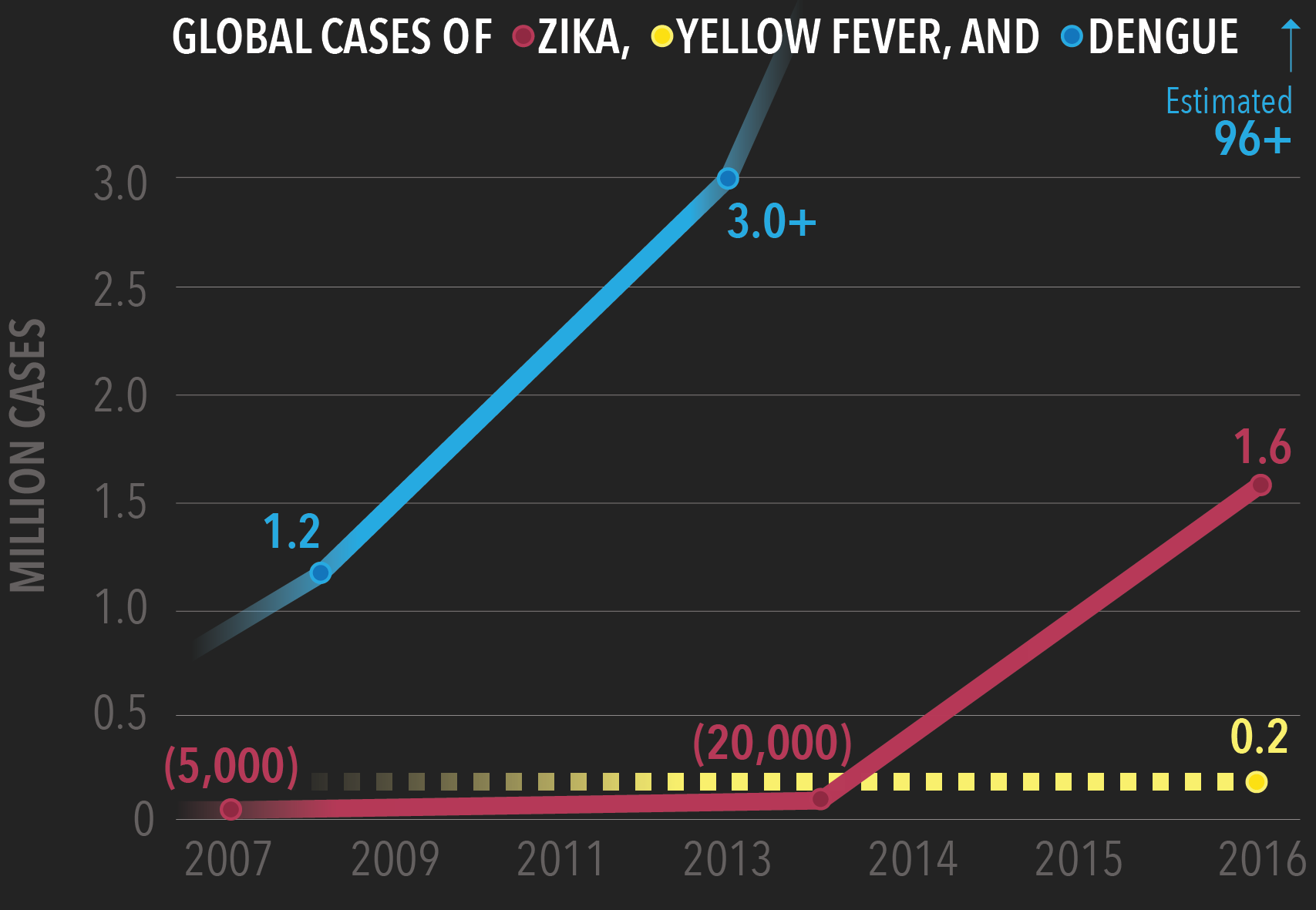
*Yellow fever value of 200,000 cases based on yearly estimate by WHO32
What We Still Don't Know

We don’t know for sure if Zika is the cause of the increase microcephaly in Brazil.28
We don’t know for sure how many of the more than 4,700 cases reported cases of microcephaly in Brazil are related to Zika, as it is difficult to diagnose and can have other causes.
Though we know that Zika was the cause of a Guillain-Barré Syndrome surgence in French Polynesia in 2013-14, we don’t yet know definitively if the current Zika outbreak is the cause of the increase of GBS in South American countries.28, 36
The possible connection of Zika with microcephaly and GBS suggest mutation in the virus to become more pathogenic to humans. We don’t know what exactly has changed about Zika virus and why.28
The Who Action Plan8

Prioritize research into Zika virus disease by convening experts.

Enhance surveillance of Zika virus and potential complications.

Strengthen risk communication to help countries meet International Health Regulations.

Provide training on clinical management, diagnosis and vector control at WHO Collaborating Centres.

Strengthen the capacity of laboratories to detect the virus.

Support health authorities in curbing spread of infected mosquitoes by providing larvicide to treat standing water sites.

Collaborate with other health agencies to prepare recommendations for clinical care and follow-up of people with Zika virus.
References
- Roberts, M. (2016. Feb, 1). "Zika-linked condition: WHO declares global emergency." BBC News Online.
- Gallagher, J. (2015, Feb, 5). "Zika outbreak: Travel advice" BBC News Online.
- Centers for Disease Control and Prevention (2016). "Zika Virus."
- Wikipedia (2016) "Zika Virus."
- "Zika virus triggers pregnancy delay calls." (2016. Jan, 23).
- "Microcephaly." (2016). Mayo Clinic.
- Centers for Disease Control and Prevention (2016). "Zika virus: clinical evaluation & disease".
- World Health Organization. (2016. Jan). "Zika virus."
- Swails, B., McKenzie, D. (2016. Feb, 3). "Uganda's Zika Forest, birthplace of the Zika virus."
- Szabo, Liz. (2016. Feb, 5). "Zika Q&A: What you need to know about sex, saliva, sperm banks."
- March of Dimes. (2016. Feb). "Zika virus and pregnancy."
- "Zika virus: Three Britons infected, say health officials." (2016. Jan, 23). BBC News.
- Dick, GWA, et. al. (1952). "Zika virus isolations and serological specificity." Trans R Soc Trop Med Hyg (1952) 46 (5): 509-520. doi: 10.1016/0035-9203(52)90042-4
- Centers for Disease Control and Prevention (2016). "Zika virus: prevention".
- Carless, W. (2016. Feb, 3). "On Brazil's Zika front lines, cases of microcephaly are actually dropping." USA Today.
- Centers for Disease Control and Prevention (2016). "Interim Guidelines for Pregnant Women During a Zika Virus Outbreak — United States, 2016."
- Phillips, s. (2016. Feb, 4). "Blood bank rejecting donors who visited Zika areas." Fox5 San Diego News.
- Withnall, A. (2016. Jan, 28). "How the Zika virus spread around the world." Independent.
- Musso, D., (2015). "Zika Virus Transmission from French Polynesia to Brazil." Emerg Infect Dis. 2015 Oct; 21(10): 1887. doi: 10.3201/eid2110.151125
- Fox, M. (2016. Feb, 2). "Dallas Reports First Case of Sexual Transmission of Zika Virus."
- Wilcox, E. (2010). "Lt Col Mark Duffy of USAF School of Aerospace Medicine Receives the 2010 James H. Nakano Citation for the Article ‘Zika Virus Outbreak on Yap Island, Federated States of Micronesia.’"
- Parry, L. (2016. Feb, 2)."'Game-changing' Zika virus is about as scary as it gets, warns expert." Daily Mail, UK.
- Seibel, M. (2016. Feb, 4). "French researcher says Zika link to Guillain-Barré Syndrome is ‘almost certain’."
- Photo by Miguel Discart.
- Photo by IAEA Imagebank.
- Image retrieved from Panam Post.
- Image retrieved from Public Health Watch.
- Roeder, A., (2016). "Zika virus in Brazil may be mutated strain." Harvard T.H. Chan School of Public Health.
- Wapps, J. (2016. Feb, 5). "WHO: Local Zika cases in 33 nations as GBS numbers climb." University of Minnesota Center for Infectious Disease Research and Policy.
- "Zika virus outbreak (2015–present)." Wikipedia.
- Mackenzie, J. (2016. Feb, 4). "Zika, dengue, yellow fever: what are flaviviruses?" The Conversation.
- "Yellow Fever." (2014. March). World Health Organization.
- "Dengue and severe dengue." (2015. May). World Health Organization.
- "Dengue is fastest-spreading tropical disease, WHO says." (2013) Fox News Health.
- World Economic Forum (2015. Jan, 4). "How close are we to beating dengue?"
- Centers for Disease Control and Prevention (2016). "Zika virus: Guillain-Barré syndrome Q & A."
- World Health Organization. (2016. Mar 7). " Guillain-Barré syndrome – France - French Polynesia."
- European Centre for Disease Prevention and Control. (2015. Dec 10). "Zika virus epidemic in the Americas: potential association with microcephaly and Guillain-Barré syndrome."
- "Guillain-Barré syndrome." Mayo Clinic (2016)
- Sifferlin, A. (2016. Feb 8). "Here’s the Other Zika Problem Experts Are Worried About." Time.
- World Health Organization. (2016. Feb 1). "WHO statement on the first meeting of the International Health Regulations (2005) (IHR 2005) Emergency Committee on Zika virus and observed increase in neurological disorders and neonatal malformations."
- https://www.whitehouse.gov/the-press-office/2016/02/08/fact-sheet-preparing-and-responding-zika-virus-home-and-abroad







